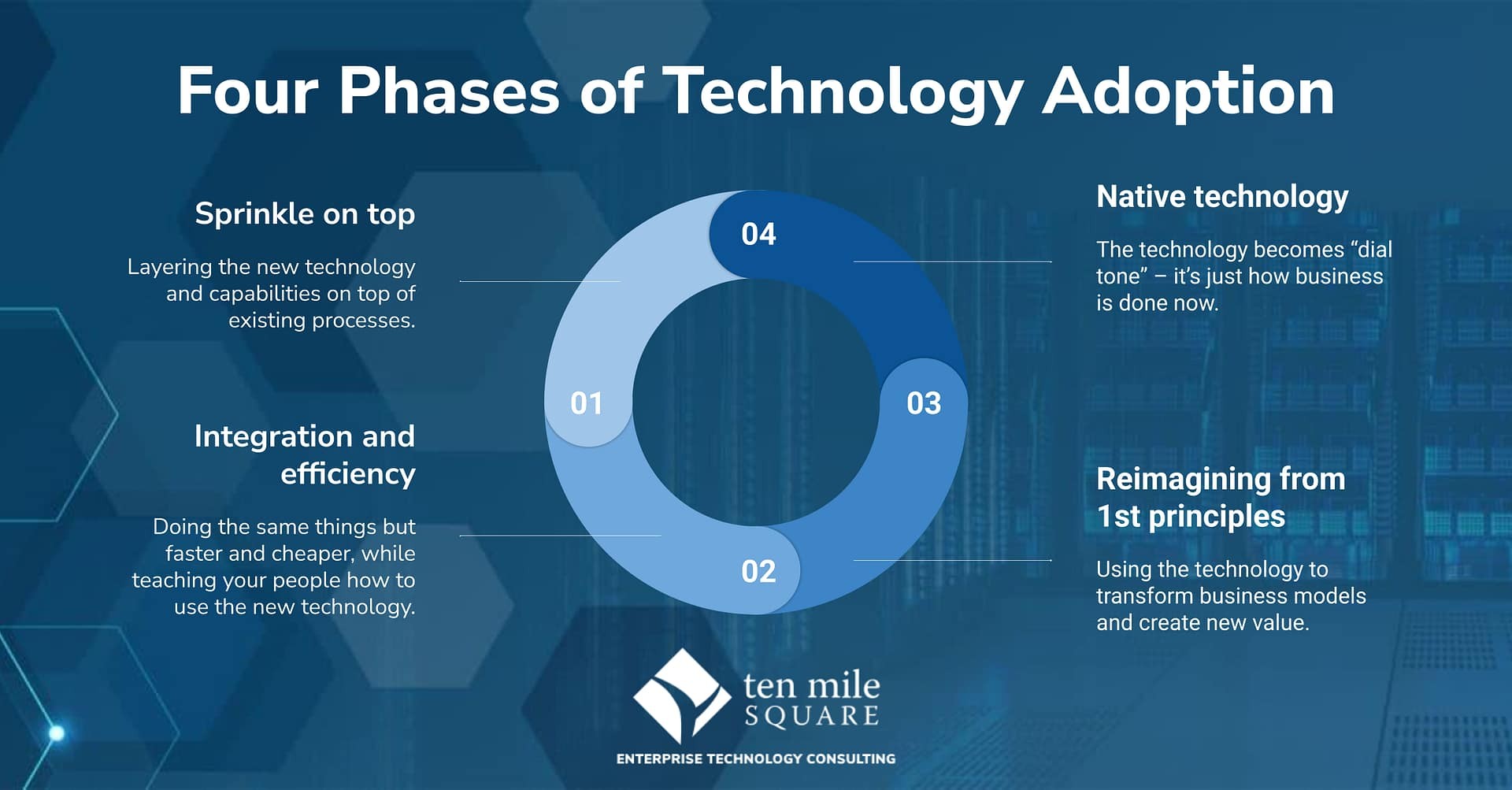May 25, 2018, marked a pivotal moment in the history of the internet, a date when the digital landscape irrevocably shifted. It was the day the European Union’s General Data Protection Regulation (GDPR) came into full effect, fundamentally altering how personal data is collected, processed, and stored worldwide. Far from being a niche European regulation, the GDPR’s extraterritorial reach and stringent requirements meant that any organization, anywhere in the world, that handled the personal data of EU residents suddenly found itself subject to its directives. This powerful piece of legislation, designed to empower individuals with greater control over their personal information, sparked a global ripple effect, reshaping business practices, user experiences, and the very fabric of online interactions.
One of the most immediate and visible changes brought about by the GDPR was the proliferation of **cookie consent banners** across virtually every website. Before GDPR, many websites used cookies to track user behavior, personalize ads, and gather analytics without clear, explicit consent. The GDPR, however, mandated that consent for non-essential cookies must be “freely given, specific, informed, and unambiguous.” This meant an end to implied consent (like continued Browse implying consent) and a requirement for clear affirmative action. Suddenly, users were presented with banners asking them to accept or reject cookies, often with granular options to choose which types of cookies they would allow. While sometimes viewed as an annoyance, these banners fundamentally shifted the power dynamic, placing the user in a more informed and active role regarding their online tracking. For businesses, this meant a significant re-evaluation of their cookie practices and the implementation of Consent Management Platforms (CMPs) to record and manage user preferences, often leading to a reduction in the volume of third-party data they could collect.
Beyond cookies, the GDPR fundamentally transformed how organizations approach **data collection and processing**. The regulation introduced core principles that became legal requirements: data minimization (only collect necessary data), purpose limitation (use data only for specified, legitimate purposes), accuracy (keep data accurate and up-to-date), storage limitation (don’t keep data longer than necessary), integrity and confidentiality (protect data from unauthorized access or breaches), and accountability (be able to demonstrate compliance). This forced countless companies, from tech giants to small online retailers, to conduct comprehensive data mapping exercises, identifying what personal data they collected, where it was stored, how it was processed, and who had access to it. Many had to overhaul their data infrastructure, security protocols, and internal policies to ensure compliance. This heightened focus on data hygiene and security has arguably made the internet a more secure place for personal data, as organizations are now incentivized by hefty fines to prevent breaches.
The GDPR also significantly expanded **individual data rights**, fundamentally empowering internet users. Before GDPR, obtaining information about one’s data held by a company or requesting its deletion was often a convoluted and difficult process. The GDPR solidified rights such as:
* **The Right to Access:** Individuals can request a copy of their personal data held by an organization.
* **The Right to Rectification:** Individuals can demand inaccurate or incomplete data be corrected.
* **The Right to Erasure (“Right to Be Forgotten”):** Individuals can request the deletion of their personal data under certain circumstances (e.g., data no longer needed for its original purpose, or consent is withdrawn).
* **The Right to Data Portability:** Individuals can receive their personal data in a structured, commonly used, and machine-readable format and transmit it to another data controller.
* **The Right to Object to Processing:** Individuals can object to certain types of data processing, particularly for direct marketing.
These rights have changed how online services interact with their users, requiring them to build mechanisms for users to exercise these rights easily. For example, many online platforms now have dedicated privacy dashboards where users can view and manage their data, reflecting the GDPR’s emphasis on transparency and user control.
The “Brussels Effect” is perhaps one of the most profound, albeit indirect, impacts of the GDPR. Due to its extraterritorial scope – applying to any company processing the data of EU residents, regardless of the company’s location – global businesses found it more practical and cost-effective to implement GDPR-compliant practices universally rather than maintaining separate systems for different regions. This has led to the GDPR becoming a de facto global standard for data protection. Countries like Brazil (with the LGPD), California (with the CCPA and CPRA), India (with the DPDP Act), and many others have subsequently enacted their own comprehensive data privacy laws, largely inspired by the GDPR’s principles. This harmonization of data protection standards, driven by the EU, has led to a significant increase in data privacy awareness and protections worldwide, reshaping how data is handled across continents.
However, the journey hasn’t been without its challenges. For many small and medium-sized enterprises (SMEs), the cost and complexity of GDPR compliance have been considerable, sometimes viewed as a burden that stifles innovation. The enforcement mechanism, particularly for cross-border cases involving large tech companies, has also faced criticism for being slow and complex, leading to ongoing debates about potential reforms to streamline the process. Despite these hurdles, the fundamental shift towards greater data protection and individual rights remains undeniable.
In essence, the GDPR has transformed the internet from a relatively unregulated wild west of data collection into a more structured environment where data privacy is a recognized and enforceable right. It has compelled companies to rethink their business models, prioritize transparency, and integrate privacy-by-design into their products and services. While the visible changes like cookie banners are just the tip of the iceberg, the deeper impact lies in a global awakening to the value and vulnerability of personal data, leading to a more privacy-conscious digital world. As we look ahead, the GDPR continues to be a living regulation, influencing new legislation, adapting to emerging technologies like AI, and remaining a potent force in shaping the future of digital interactions.




